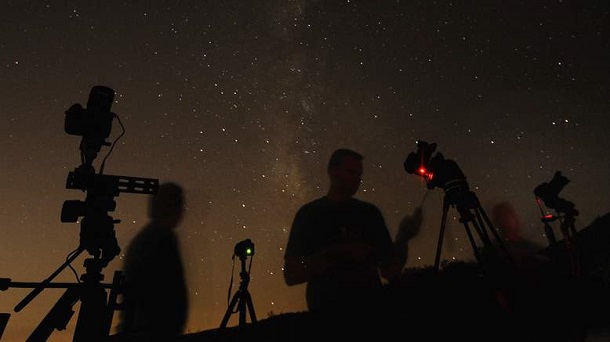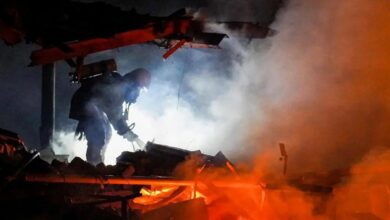One of the most spectacular meteor showers of the year in UK lit up the skies as stargazers were rewarded with scores of sightings.
Images of the “natural firework display” were captured by astronomers and professional photographers, but with the astronomical spectacle visible to the unaided eye even amateur stargazers were not left disappointed.
The Perseids meteor shower is a result of material falling from the tail of Comet Swift-Tuttle, which last passed near the Earth in 1992, and is active each year from around mid-July to late-August.
The rare occurrence was also played out on social networking sites including Twitter – as stargazers shared their photographs and experiences with one another.
One tweeted: “Everybody! It’s the #Perseid #Meteorwatch Look up for Shooting stars!”
Another said: “Watching the #perseid meteor shower. Magic.”
A stargazer on Lake Michigan in the States tweeted: “Night fishing for King Salmon off the pier and stargazing at the Perseid meteor showers which peak tonight.”
Another added: “Shooting Stars and Owls, magical combo 🙂 Time for bed now.”
Meteors, commonly known as shooting stars, are the result of small particles entering the Earth’s atmosphere at high speed.
Another added: “Shooting Stars and Owls, magical combo 🙂 Time for bed now.”

Meteors, commonly known as shooting stars, are the result of small particles entering the Earth’s atmosphere at high speed.
These heat the air around them, causing the characteristic streak of light seen from the ground.
They mostly appear as fleeting flashes lasting less than a second, but the brightest ones leave behind trails of vaporised gases and glowing air molecules that may take a few seconds to fade.
[adrotate group=”12″]



